The photos below show progress made with demolition work on Buildings 2201, 2202, 2211 and 2203 in the Service Area. Additional information and photos on demolition activities can be found on the ELV/Service Area Demolition page.
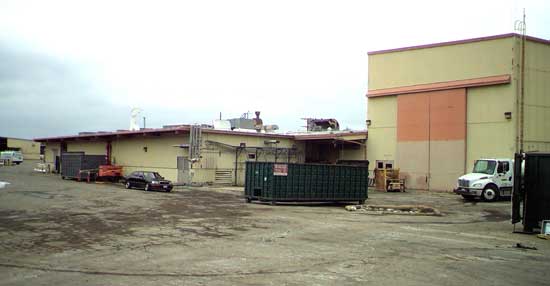
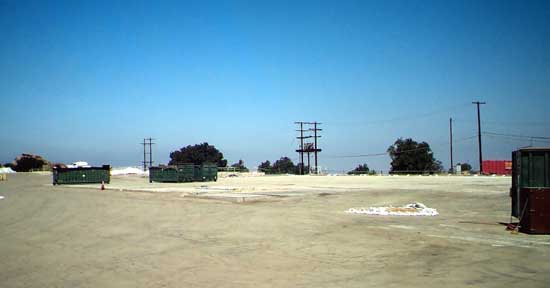
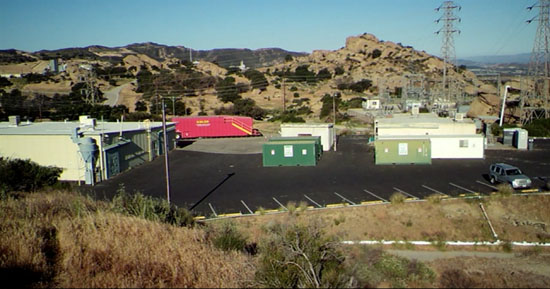
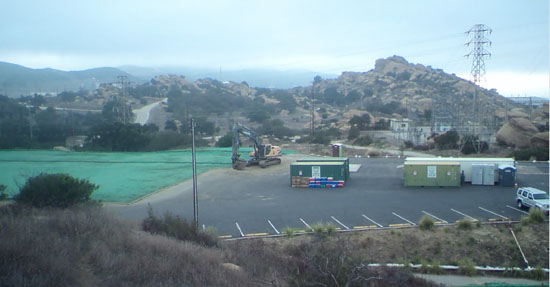
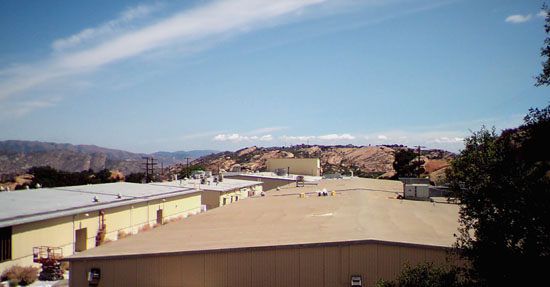
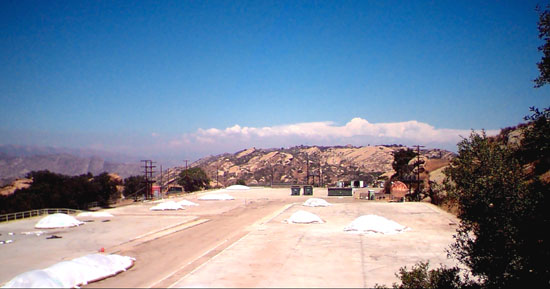
In April, the Santa Ynez Band of Chumash Indians, one of the signatories of the April 2014 Programmatic Agreement regarding demolition and soil and groundwater cleanup at SSFL, submitted a letter to NASA requesting support for their proposal to designate the Santa Susana Field Laboratory property a National Monument under the Antiquities Act of 1906. While decisions about National Monument designation are outside of NASA’s authority, NASA recognizes the importance of the unique features such as Burro Flats Cave and sacred sites of the property at SSFL. In a response letter to the Chumash from Administrator Charles Bolden, NASA agreed to contact the appropriate Federal agencies and departments with expertise in the National Monument designation process to share the Chumash proposal.
Additionally, NASA agreed to defer demolition of historic test stands, including those within the Coca Test Area, for as long as possible without impacting overall cleanup responsibilities, in order to allow appropriate offices within the Executive Branch to consider the proposal. NASA will continue ongoing demolition work to remove aboveground and subsurface structures, utility poles, piping, water and storage tanks, concrete and roadways in the Service Area and Delta Test Area, where there are no test stand structures, followed by the Skyline Area and Storable Propellant Area (SPA). NASA remains committed to meeting its cleanup obligations at SSFL and to achieving a cleanup that is protective of public health and the environment.
This FieldNOTE newsletter describes NASA's progress on the demolition projects. In early February, NASA and demolition partners - the U.S. Army Corps of Engineers and demolition contractor Bhate Environmental Associates – began demolition work in the northern part of Area II in the Service Area and the Delta Test Area.
Pre-demolition activities, such as asbestos abatement inside buildings, are nearing completion and full demolition activities will begin in the coming weeks. As these activities progress over time, we anticipate an increase in the number of trucks traveling to and from the SSFL site to transport demolition debris, which will consist primarily of steel and concrete.
We recognize community concerns about truck traffic and we are making efforts to minimize impacts to the extent possible. NASA’s top priority for demolition is the health and safety of workers, the public, and the environment. Dust control measures will be taken during demolition activities and while materials are loaded into trucks for transport. These measures will be strictly enforced. Transported material will be securely covered and trucks will be required to undergo inspection prior to leaving SSFL property.
More information about demolition activities can be found in the FieldNOTES Newsletter that NASA published in November 2014. Regular updates on demolition will be posted on this website.
For questions or concerns please contact:
NASA has created a mailing list to which you can subscribe and receive E-mail updates about NASA cleanup activities and progress at the Santa Susana Field Laboratory. Updates will include notifications about project events, announce updates to the NASA SSFL website, including news and the posting of new documents. Subscribe now and stay connected!
In an effort to document the history of the Santa Susana Field Laboratory (SSFL) and its important role in the national space flight program, NASA is compiling an SSFL oral history archive. NASA is looking for former NASA SSFL personnel to seek potential interviewees who will share their experiences working at the site. If you worked in NASA test areas and are interested in being interviewed for this project, please contact Lori Manes, NASA Community Outreach Coordinator, by phone at (818) 806-8834 or email lori.manes@nasa.gov for more information.
The audio/video archive will be posted to NASA’s history website as well as this website at the end of 2015.
The Historic American Engineering Record (HAER) has been undertaking a project to record the extant structures of test areas at SSFL to document the most intense research and development era of rocket propulsion in our nation. Some of the major rocket engine programs that used these areas for testing include the Redstone, Atlas and Jupiter engines, the predecessor to the Saturn V’s F-1 engine, the E-1, components of the F-1 engine, the upper stage engines for the Saturn V, the J-2 and the testing and development of the Space Shuttle Main Engine. HAER produced fly-through animations of Coca and Bravo Test Areas, captured with high-definition lasers—are now available for viewing at the links below.
In November 2014, NASA welcomed Lori Manes as the SSFL community outreach coordinator. Lori joins the SSFL team after several years in community involvement work with NASA at the Jet Propulsion Laboratory. You can contact Lori by email at lori.manes@nasa.gov or by phone at (818) 806-8834.
The 2014 Year in Review summarizes the activities and progress made in the last year toward cleanup of NASA-administered areas of the Santa Susana Field Laboratory (SSFL). NASA remains committed to keeping the community and interested stakeholders updated and we look forward to another active year of cleanup in 2015.
On January 15, 2015, from 9:00-11:30 a.m. at the California Department of Toxic Substances Control (DTSC) Regional Office, DTSC and NASA will provide an update on Groundwater Investigation and Areas of Impacted Groundwater (AIGs) in the NASA-administered portions of SSFL, including:
If you wish to participate via phone please contact Lori Manes, NASA SSFL Outreach Coordinator at: lori.r.manes@nasa.gov by Wednesday, January 14, 2015. A copy of the meeting agenda will be e-mailed to you prior to the meeting. The call in number for this meeting is: 1-844-467-6272; Passcode: 670462#.
The DTSC Regional Office is located at 9211 Oakdale Avenue, Chatsworth, CA 91311.